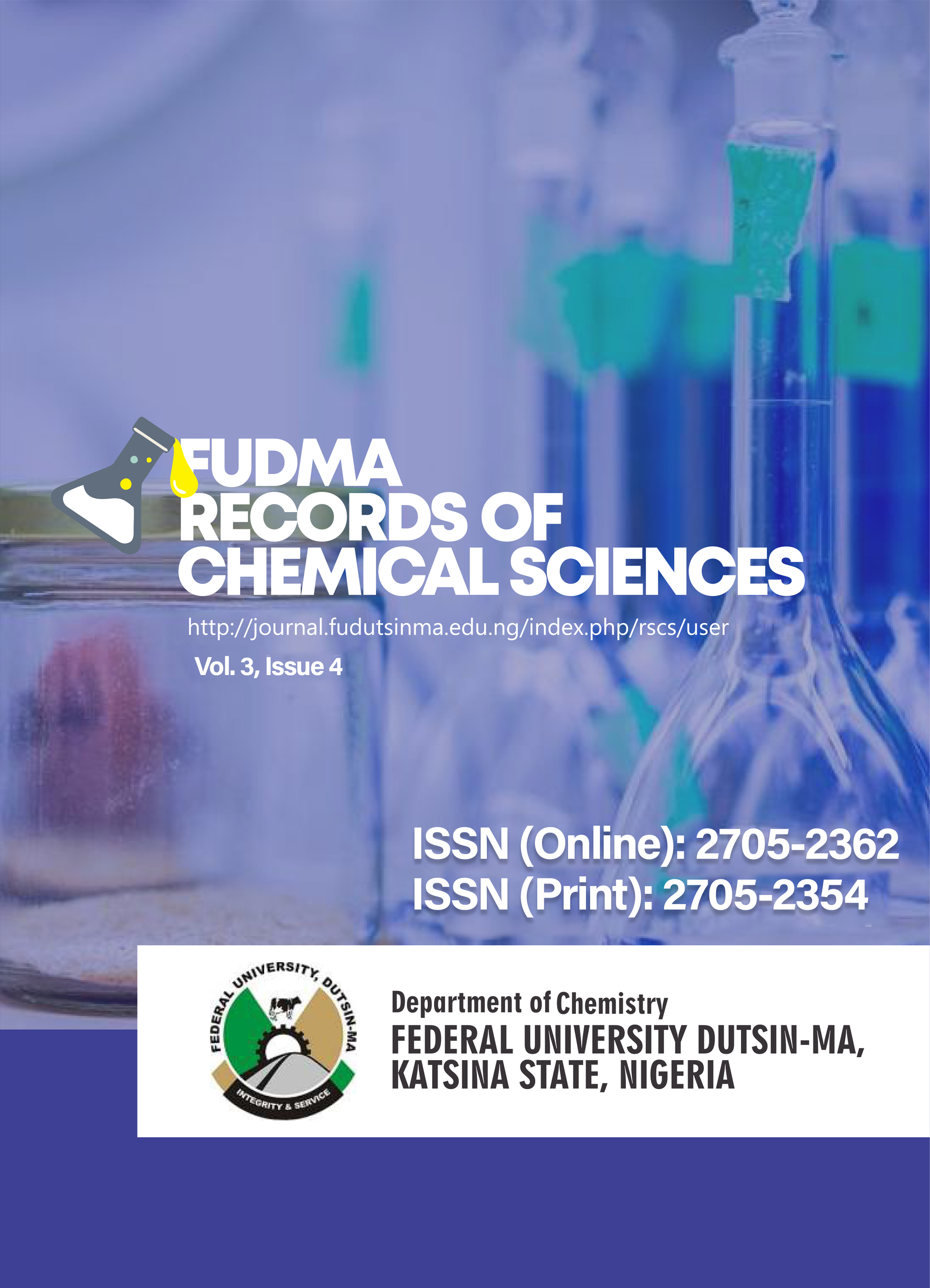ESSENTIAL MINERALS, HEAVY METALS, AND CONSUMPTION PREVALENCE OF EDIBLE CLAY SOLD IN SOME NORTH-WESTERN STATES OF NIGERIA
DOI:
https://doi.org/10.33003/Keywords:
Ulo, Nzu, Kaolin, Geophagy, Bentonite, Edible ClaysAbstract
Clay is consumed to satisfy cravings or to depress vomiting and other discomforts associated with pregnancy which is becoming alarming among pregnant women. This study aimed to identify the chemical composition of bentonite (Ulo) and kaolin (Nzu) and the prevalence of their consumption by women in Northern Nigeria. The edible clays were ground to powdered and sieved for analysis. The AOAC method was used for the proximate analysis. The samples were digested and analyzed for macrominerals and heavy metals using Atomic Absorption Spectrophotometer. A standardized questionnaire was designed and validated to determine the consumption prevalence and Microsoft Excel and the Statistical Package for Social Sciences (SPSS) were used to analyze the data. According to the proximate analysis results, both ‘Ulo’ and ‘Nzu’ samples had a high ash content (above 85%). While bentonite had a significantly (P<0.05) higher calcium content whereas kaolin had a significantly (P<0.05) higher sodium and magnesium content. For the heavy metals, the levels of lead, arsenic, and aluminum in kaolin were significantly (P<0.05) higher. 64% of the respondents acknowledged consuming both edible clays during and after pregnancy. Both clays contain essential micronutrients and some heavy metals, therefore they ought to be consumed with caution, especially during pregnancy.






